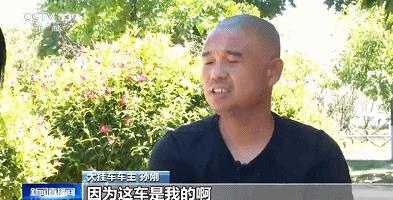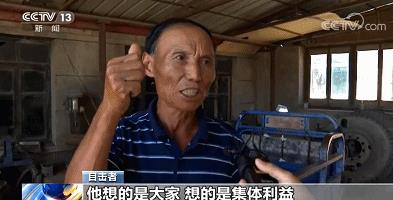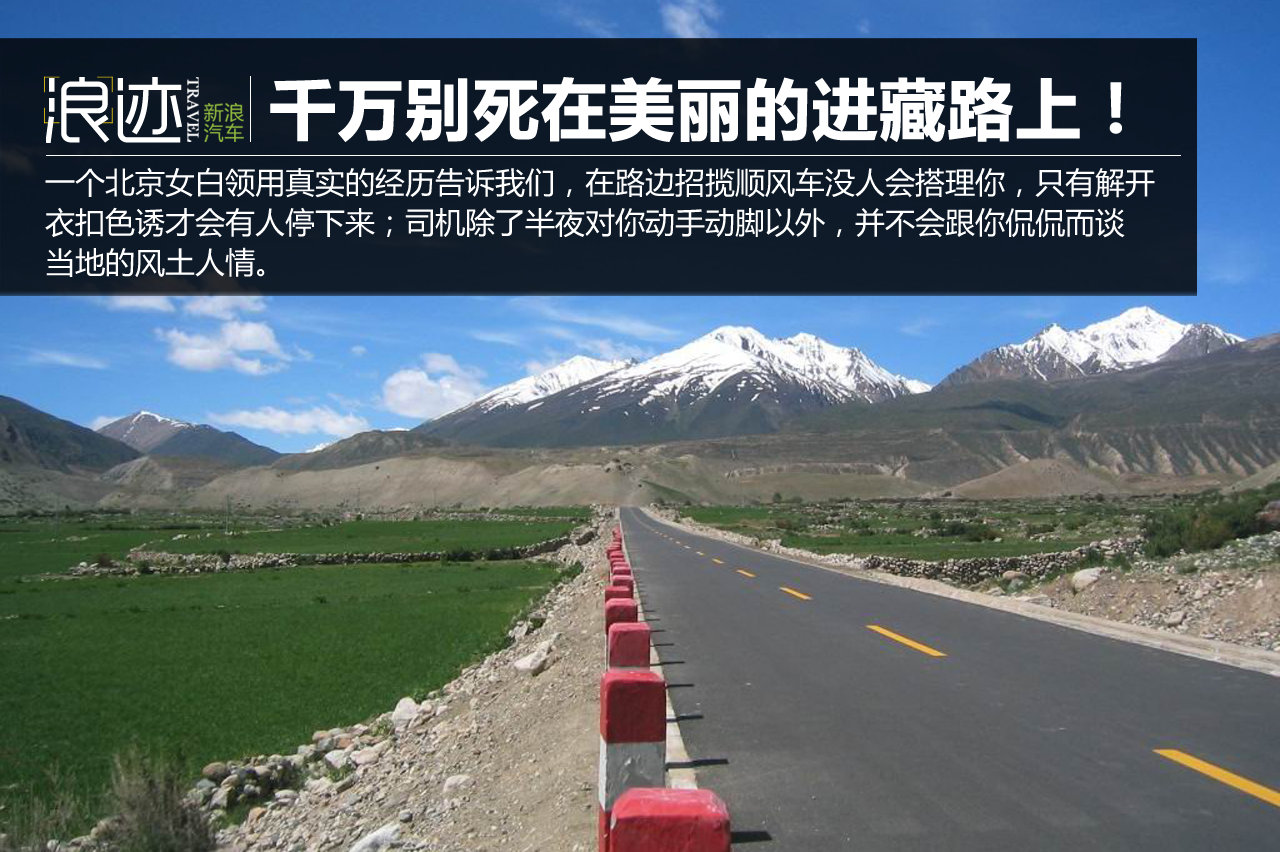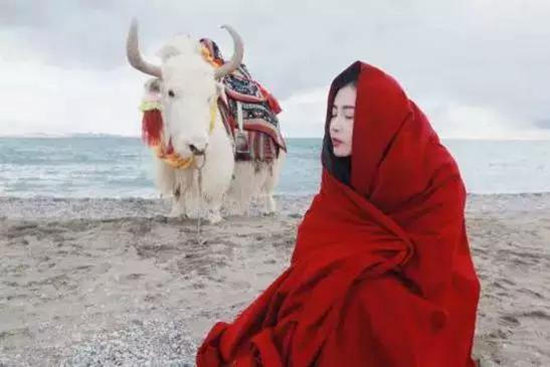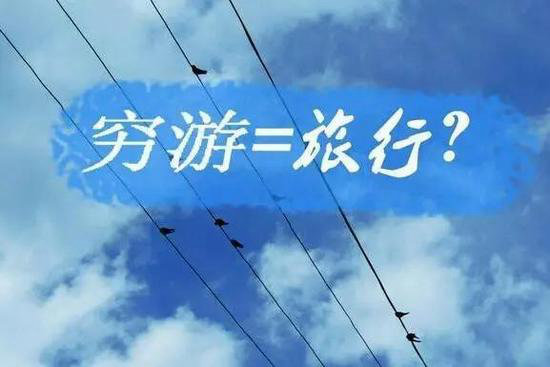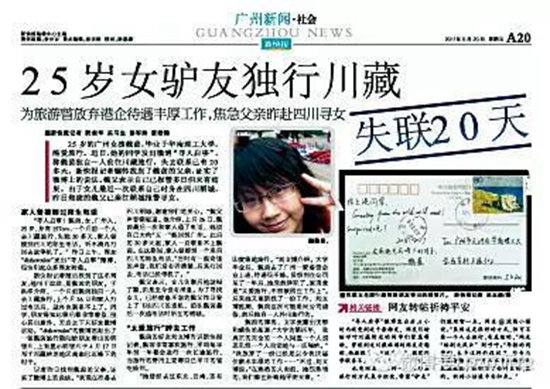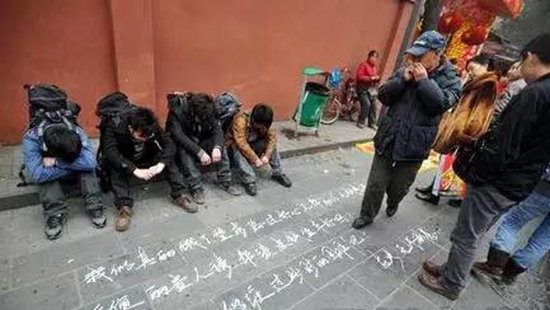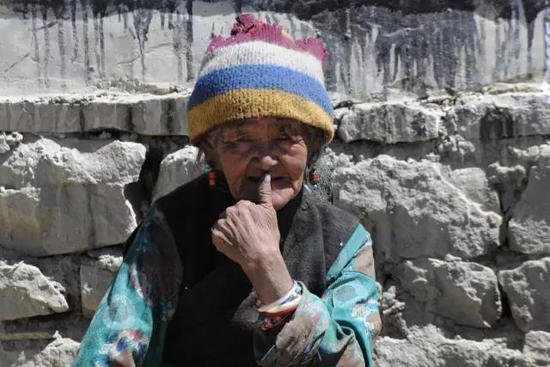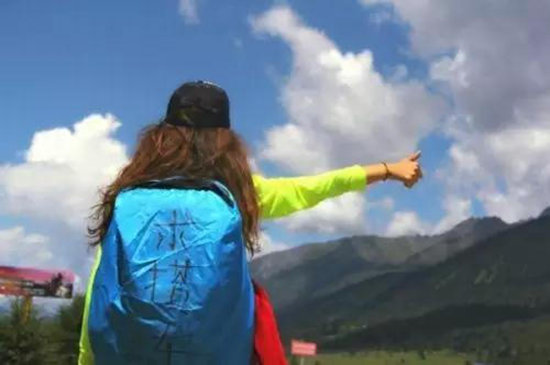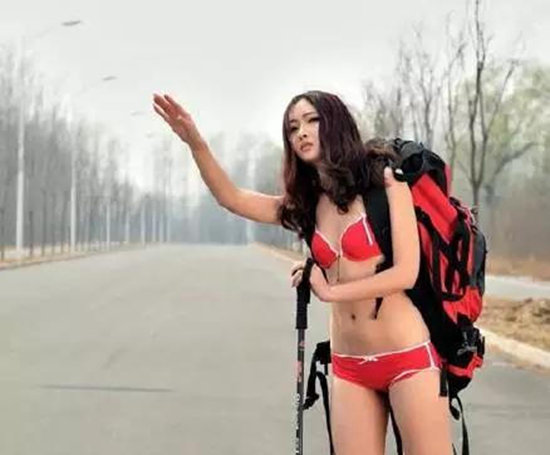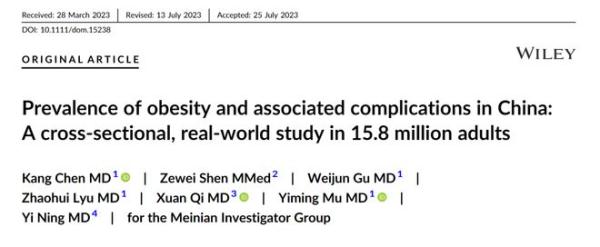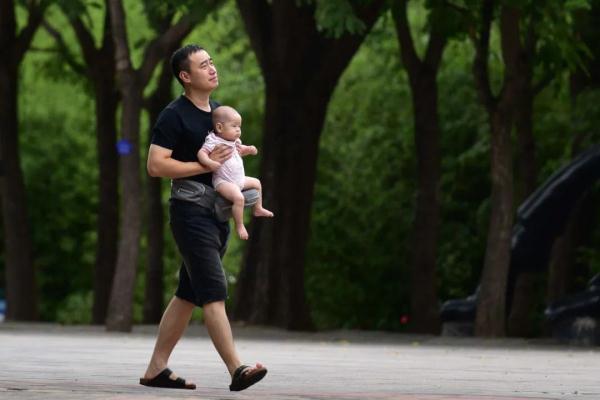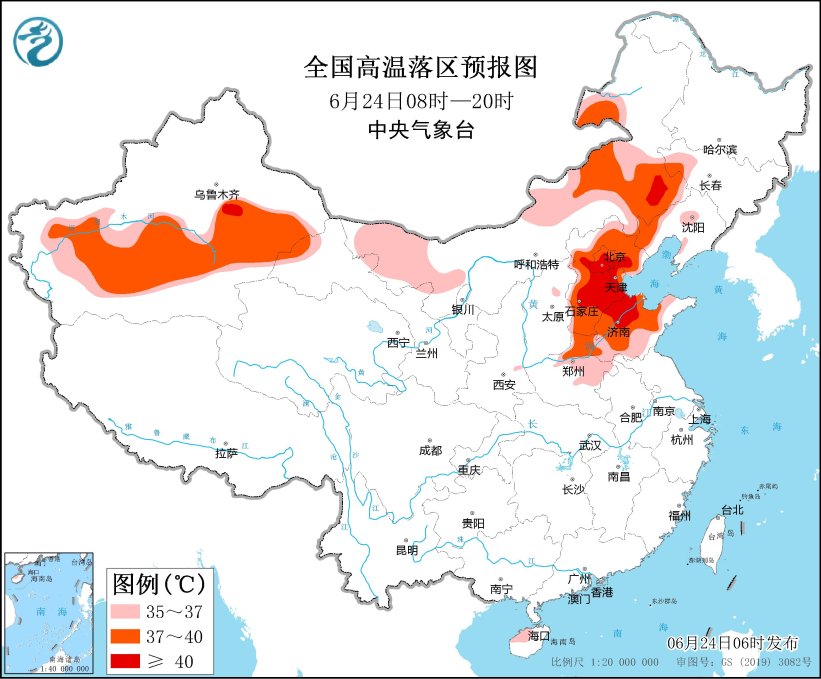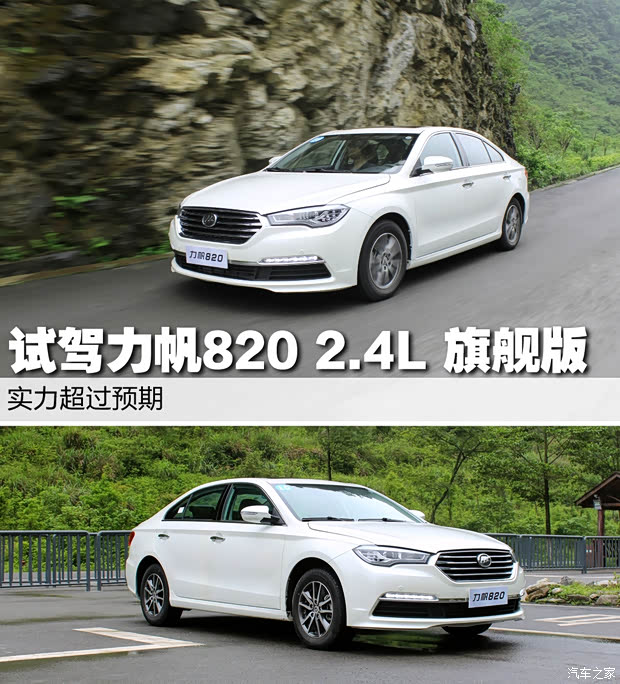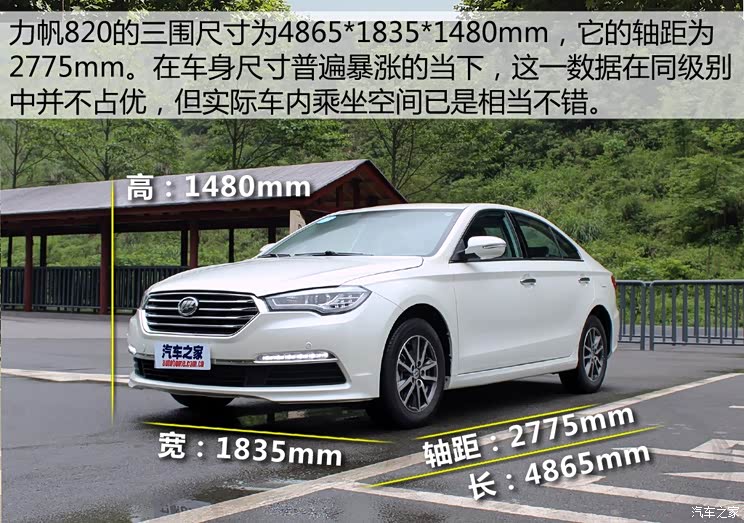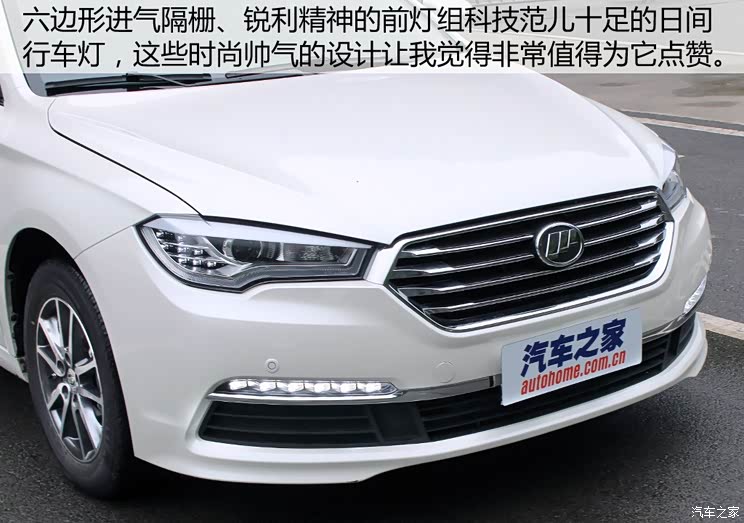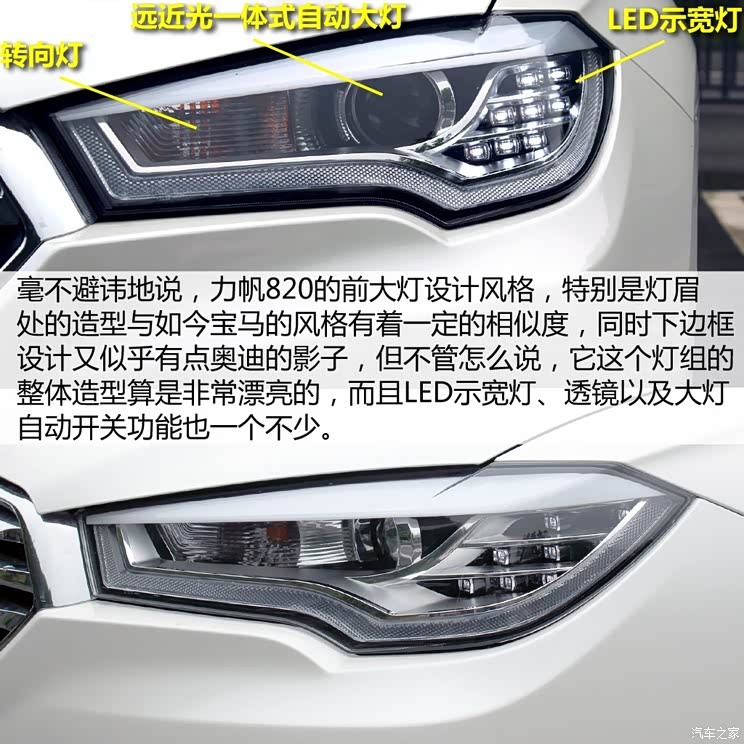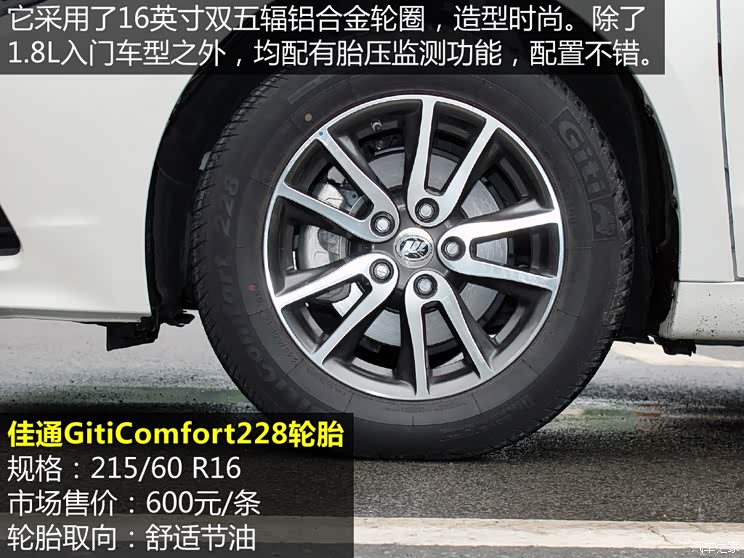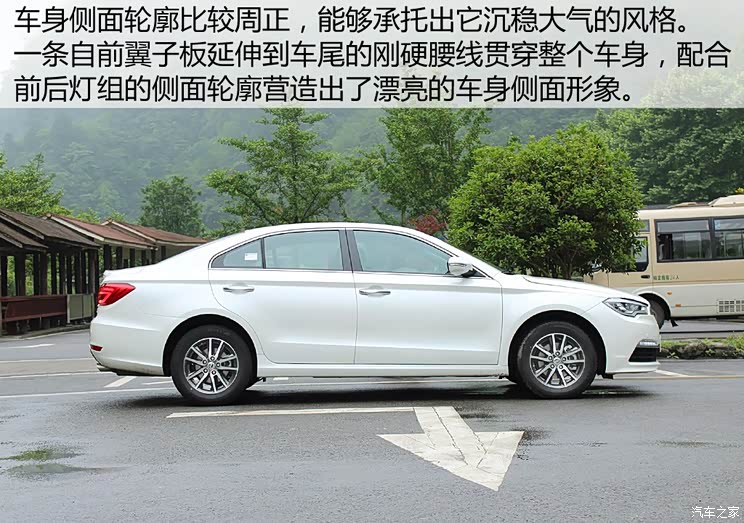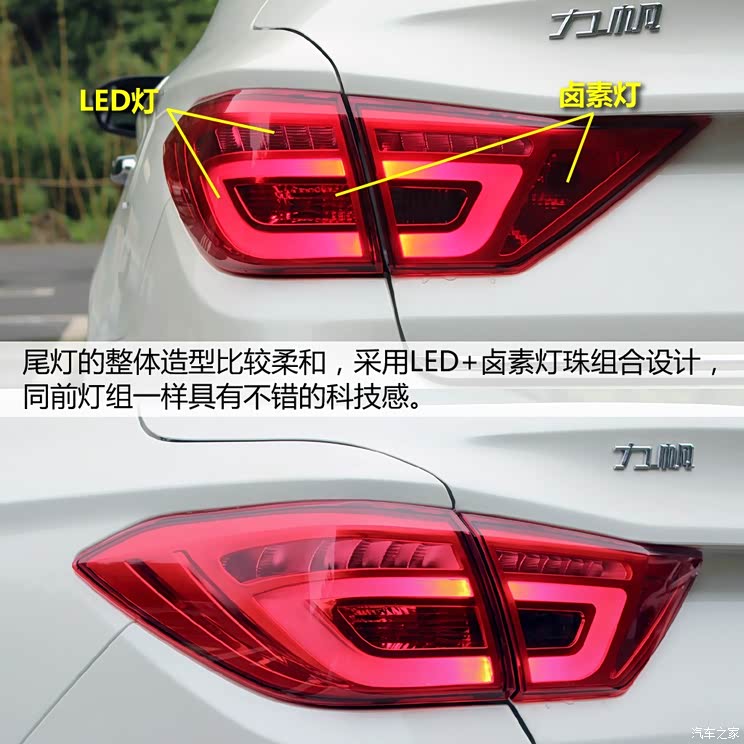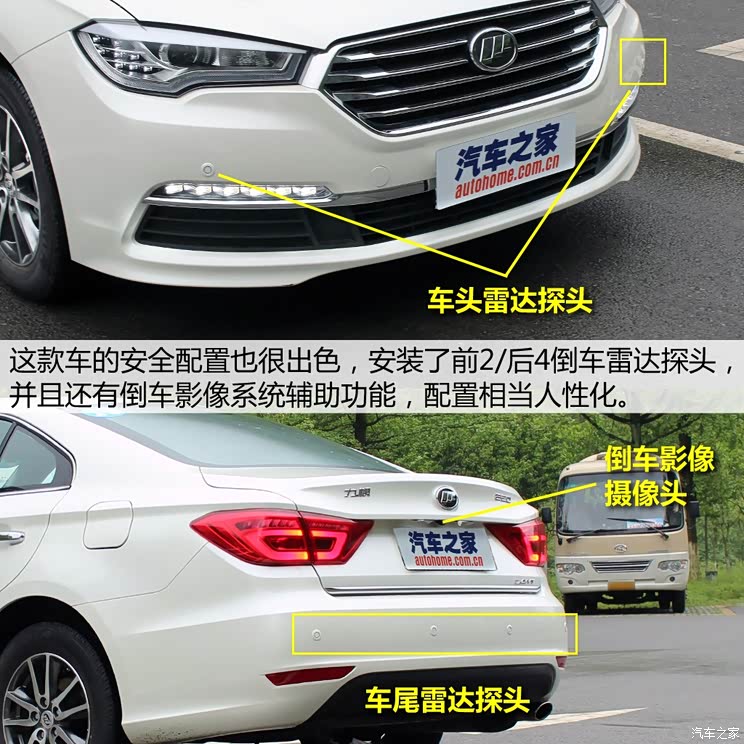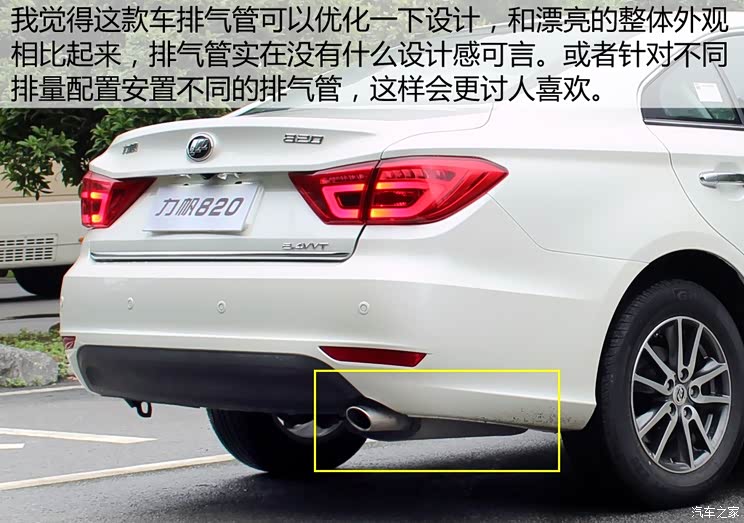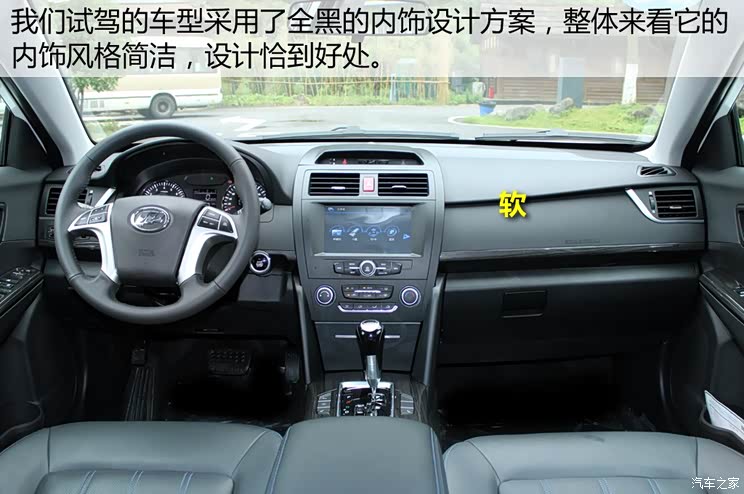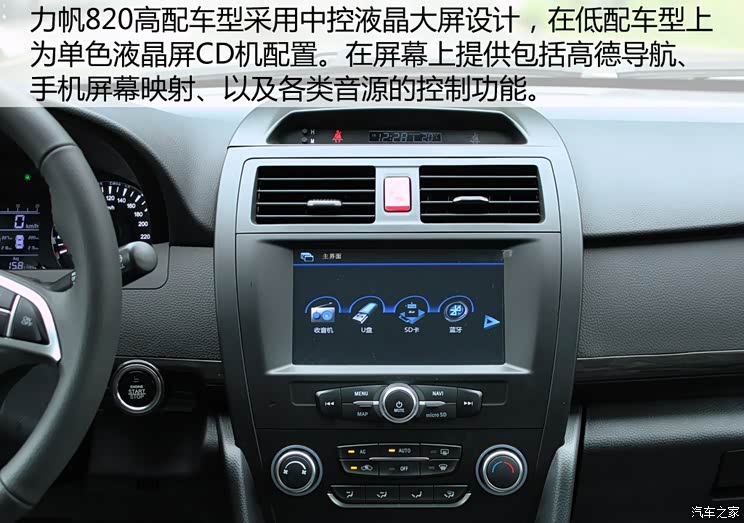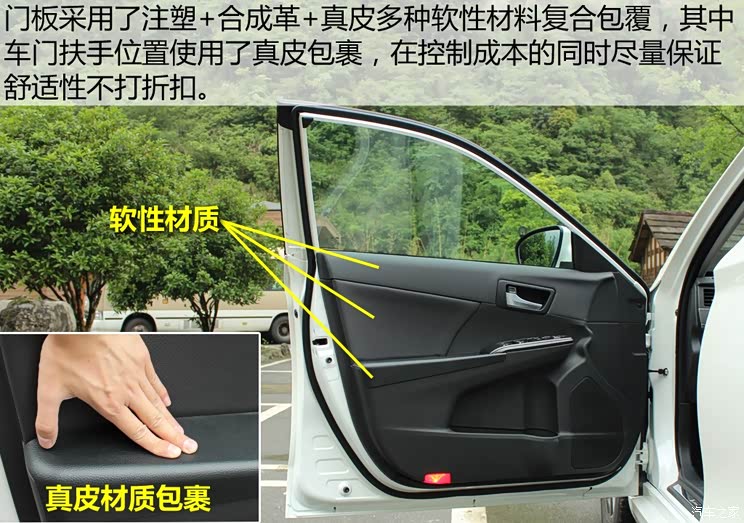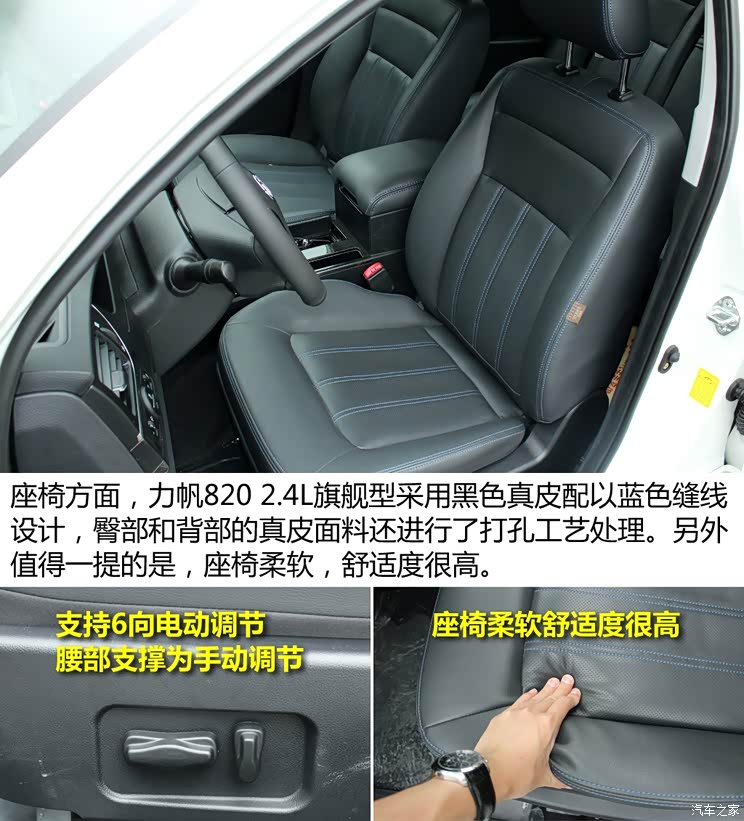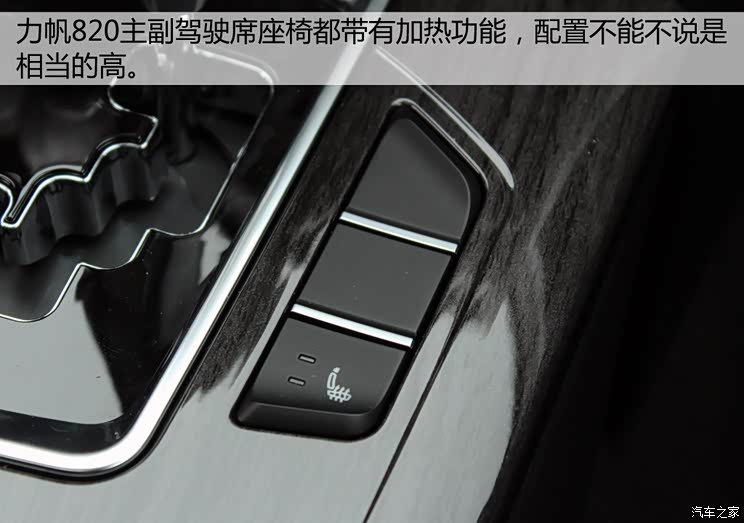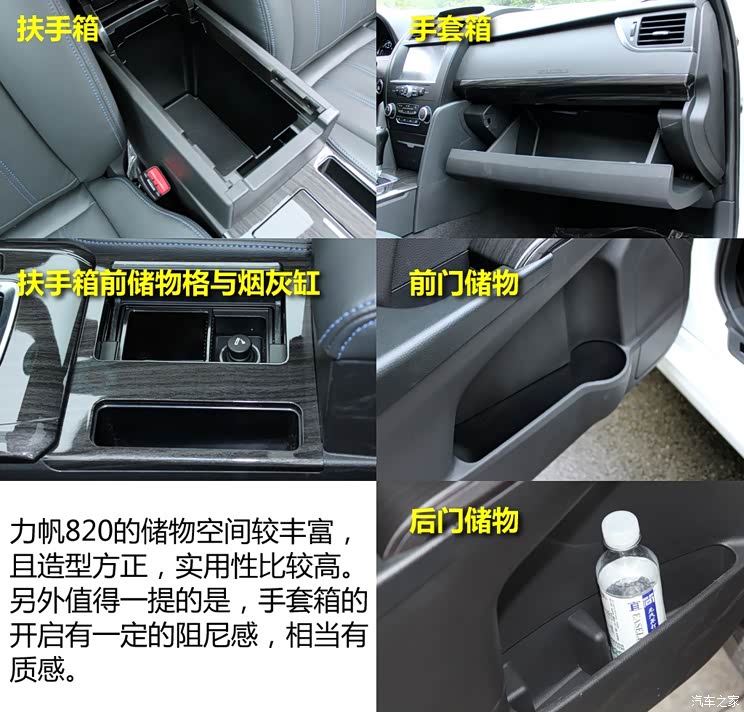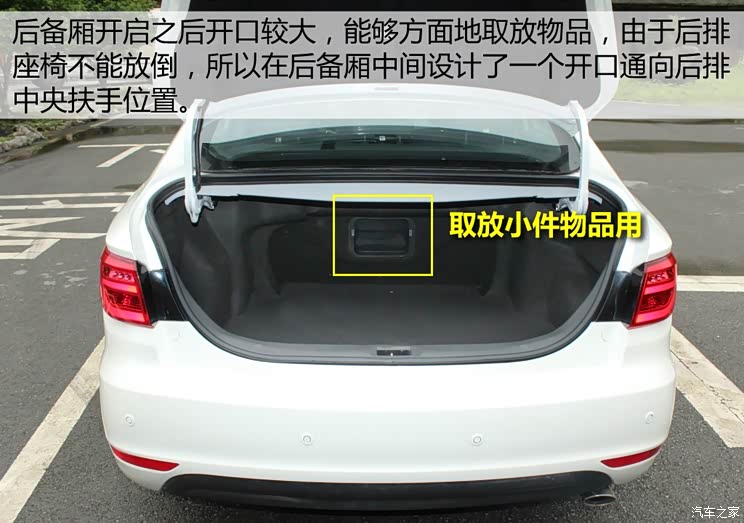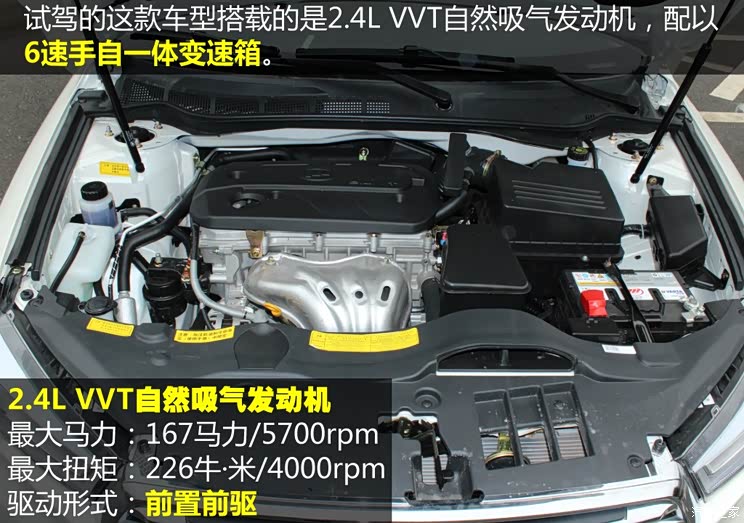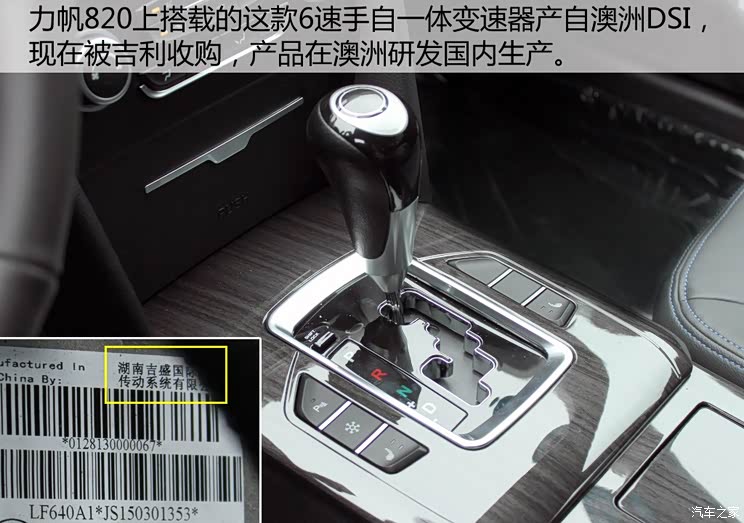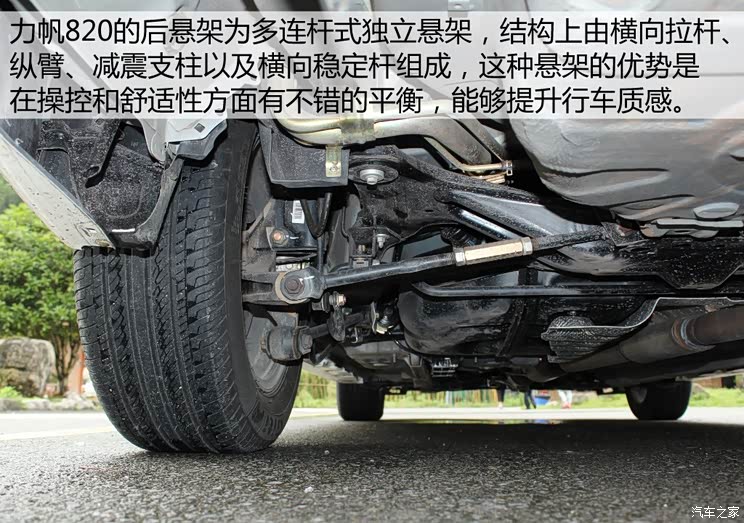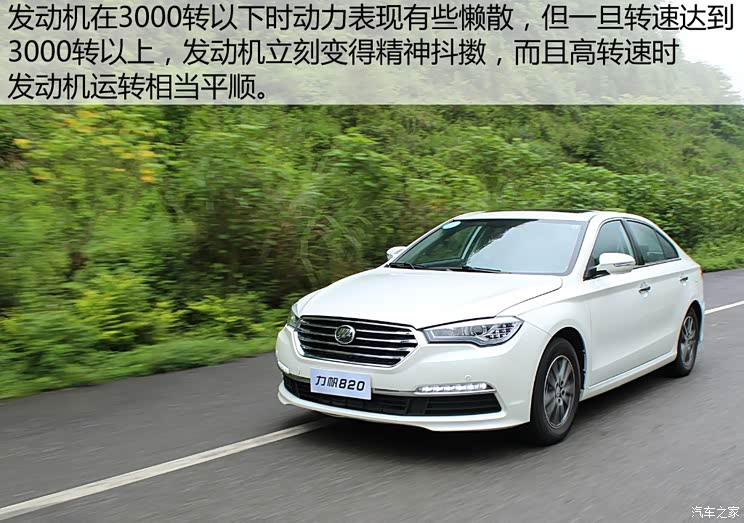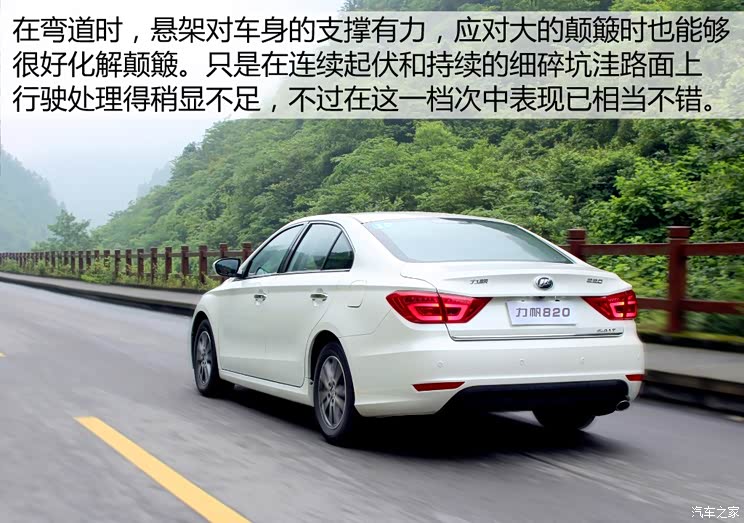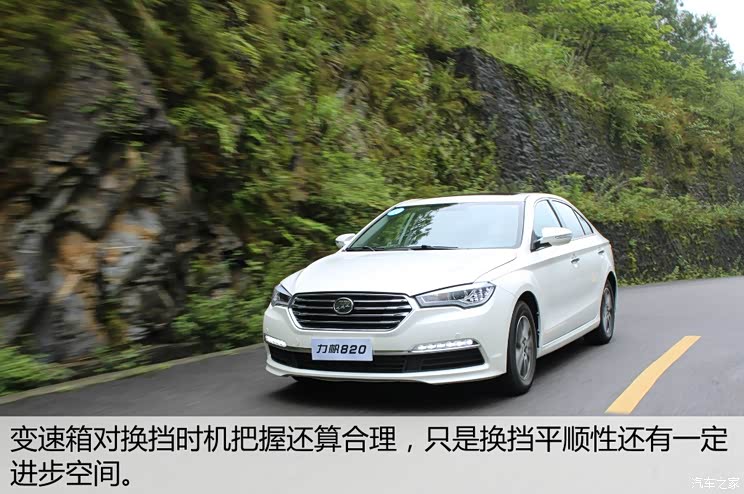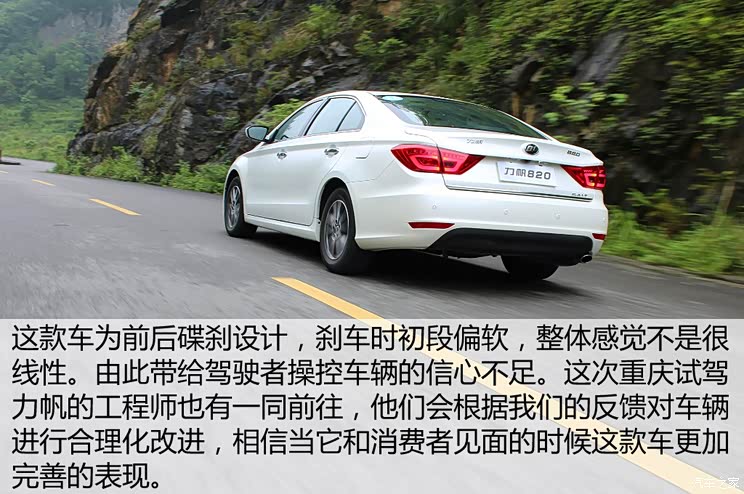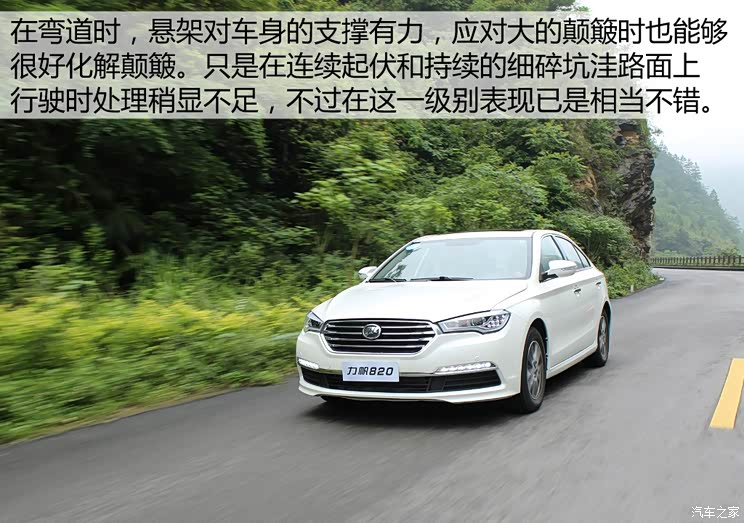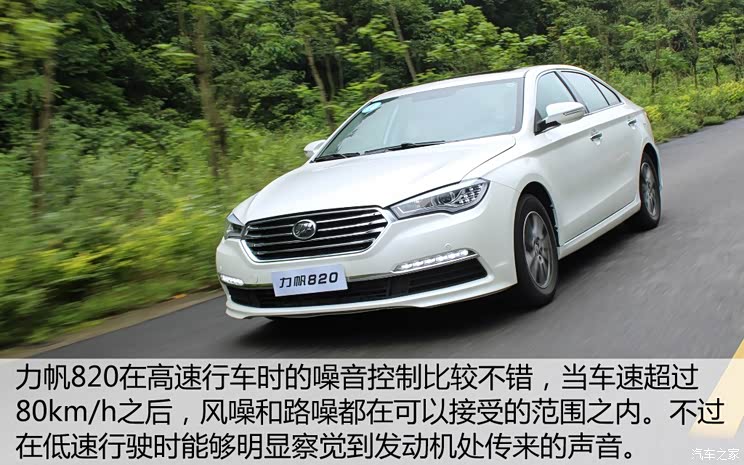The history of the Chinese nation’s reproduction for thousands of years is also the history of fighting diseases. China has accumulated many experiences and lessons in the prevention and treatment of infectious diseases that are particularly harmful, which are worth reviewing, thinking and learning from.
First, the plague in history
There are countless plagues recorded in the history of our country. There were 826 records in the Chronology of Ancient Epidemic in China before 1840, many of which had an important impact on China’s political, economic and social development.
In Battle of Red Cliffs during the Three Kingdoms period, Cao Cao’s army was defeated by Sun Liu’s allied army, which was actually an important influence factor not written in The Romance of the Three Kingdoms-plague. "The History of the Three Kingdoms" says: "Going to Chibi from Cao Cao is not good for preparing for war. So there was a great epidemic, and many officials died, so they led the army back. "
In the 13th year of Tianbao in the Tang Dynasty, Mina Lee "attacked Nanzhao with 70,000 soldiers", Nanzhao fortified the field, and the Tang army ran out of food. "The foot soldiers suffered from plague and starved to death in seven or eight years", and finally suffered a crushing defeat, which not only left "the village in the south and the village in the north cried and mourned, but also left a wife and a husband. The painful memory of all the barbarians before and after the cloud, thousands of people never walked back, and became the fuse of the Anshi rebellion, which made the Tang Dynasty turn from prosperity to decline.
In the war against the Mongolian army in the late Southern Song Dynasty, Sichuan Fishing Town stood firm for 36 years, which shocked the world. At that time, there was a plague in the Mongolian army. According to the Yuan History, in 1259, when the Mongolian Khan Mengge made a personal expedition, "Fishing Mountain in Hezhou was plagued by a major epidemic in the army," which gave the soldiers and civilians in the Southern Song Dynasty a breathing space and finally persisted until 1279.
At the time of the Ming Dynasty’s death and the Qing Dynasty’s prosperity, the outbreak of plague also profoundly affected the historical process. History shows that there were successive plagues in Beijing from 1641 to 1643. A Record of Chongzhen said: "There was a great plague in the capital, and there were tens of thousands of deaths." The epidemic situation was so tragic that the garrison troops in Beijing were seriously short of posts, so they collapsed when the peasant army in Li Zicheng attacked.
The above are just typical examples of some important moments in history. In fact, in the vast land of China, plagues of different epidemic scales can be said to exist for all ages, seriously endangering people’s lives and health.
Second, the exploration and understanding of epidemic prevention
Where there is a plague, there must be a struggle against it. In Oracle Bone Inscriptions, we can already see the early measures taken. For example, Oracle inscriptions have "illness, death", which means not to get close to the patient, probably because you have an epidemic disease. In the Yin ruins where a large number of Oracle bones were unearthed, a perfect sewer was also excavated, indicating that the city has public health facilities, which is conducive to reducing the occurrence of epidemics.
The Rites of Zhou recorded that the royal family of Zhou held regular activities of "fighting the epidemic by asking for rooms" and the officials in charge of "changing the national fire in four seasons to save the epidemic". The word "precaution" commonly used in later generations appeared in Zhouyi. The practice of using drugs to intervene epidemic diseases has also begun to appear. Shan Hai Jing contains seven kinds of drugs, such as smoked grass.
Qin bamboo slips unearthed in Yunmeng, Hubei Province, record the institutions that placed lepers in the Qin Dynasty. However, in the Han Dynasty, there were institutions for accommodating and treating civilians when the plague was prevalent. "Hanshu" records: "In the second year of the Yuan Dynasty (AD 2) … those who appealed to the people for diseases and epidemics gave up their homes to buy medicine." This is the first standardized record in the history of epidemic prevention in China.
During the Qin and Han Dynasties, under the guidance of traditional philosophical thinking, traditional Chinese medicine became mature, and a theoretical and technical system for disease prevention and treatment was formed on the basis of practical experience. Huangdi Neijing, a classic of traditional Chinese medicine, has a complete idea of disease prevention and control, including the pathogenic concept of "five movements and six qi", the epidemic prevention concept of "keeping healthy qi in the interior, and not doing evil" and the prevention and control concept of "treating the disease before it happens". The theory of "five movements and six qi" has constructed a macro-prediction system for the occurrence of epidemic diseases. Today, its essence lies in exploring the internal and external factors that affect human diseases. Whether the external cause leads to the disease depends on the internal cause "healthy qi", that is, the body’s constitution and resistance, so strengthening healthy qi can prevent diseases. People should strengthen prevention before the onset, or treat it early in the early stage, or prevent recurrence after treatment. Other TCM classics, such as Treatise on Febrile Diseases and Shennong Herbal Classic, provide dialectical prescriptions and drug knowledge for preventing and treating diseases. These classical theories have far-reaching influence on later generations.
Under the guidance of effective theory, the society’s understanding of the prevention and treatment of epidemic diseases has been developing continuously.
The first is a deeper understanding of infectivity. For example, it further distinguishes different infectious diseases. Chao Yuanfang of Sui Dynasty said that infectious diseases are caused by "surly qi" and have their special causes. On this basis, Wu Youke, a famous doctor in Ming Dynasty and the author of Treatise on Epidemic Febrile Diseases, summed up the theory of "hostile qi", pointing out that "qi is a thing, and things are qi" and keenly pointed out that the cause of epidemic diseases may be some invisible substance. This is very close to the hypothesis of microbial etiology.
Secondly, progress has been made in the prevention and treatment of epidemics. In terms of prevention, Hua Tuo proposed to use Tu Su wine, Ge Hong proposed to use Laojun Shenming powder, and later someone proposed to take Huoxiang Zhengqi powder. In the Tang and Song Dynasties, fragrant medicine was widely used to prevent diseases, and in the Ming Dynasty, it was popular to burn Atractylodes rhizome to purify the air. In the middle of the Ming Dynasty, smallpox vaccination appeared among the people. After continuous development, it was introduced to the court in the Qing Dynasty to inoculate the royal family, and it was also popularized in many places. Some foreign envoys also came to learn and brought this technology back to Europe. Later, the British medical scientist Jenner invented vaccinia inoculation on this basis, which laid the foundation for the final elimination of smallpox, a severe infectious disease in the world. In terms of treatment, on the basis of typhoid fever theory, the system of febrile diseases and pestilence was formed in Ming and Qing Dynasties, which provided more comprehensive theoretical guidance for clinic.
The third is the continuous improvement of prevention and control measures. The Jin Dynasty has formed institutionalized epidemic prevention measures. The Book of Jin records that "courtiers are sometimes ill, and those who are infected with more than three people are not allowed to enter the palace for a hundred days." In the Song Dynasty, attention was paid to the disposal and cremation of the bodies of the infected dead as soon as possible. In the Qing Dynasty, a "pox shelter" was set up in the court to isolate people infected with smallpox, and it was stipulated that relatives could visit after nine days of isolation.
As can be seen from the above, China has rich theories and experiences in epidemic prevention in ancient times, but there are also obvious bottlenecks.
The first bottleneck is the lack of organized epidemic prevention. This is determined by the limitations of feudal dynasty rule. Some rulers are cruel and heartless. For example, Tuoba GUI, the Daowu Emperor of the Northern Wei Dynasty, marched south. When he encountered an epidemic disease, the ministers all asked for withdrawing troops. He even said that this was a "destiny". As long as I conquered the four seas, I didn’t have to worry about having no people. Although some rulers advocate "benevolent government", some epidemic prevention measures adopted are only applied to court officials. In the folk, whenever the plague is prevalent, local governments and social people can only do some temporary work such as taking in and distributing medicines, which is not sustainable. Lu Kun, a scholar in the Ming Dynasty, once called out that every state should allocate special funds for training doctors and purchasing medicinal materials to cope with the epidemic. But in the backward and chaotic feudal era, these appeals could not be realized at all.
Another bottleneck is the lack of protection technology. Although it is recognized that epidemics are contagious, they cannot be fundamentally stopped. This limitation brought ethical problems to ancient epidemic prevention and caused discussion among scholars in Song Dynasty. Cheng Jiong, a Confucian scholar in the Southern Song Dynasty, saw that some family members abandoned their sick relatives, so he said that the epidemic was caused by bad weather and would not be passed on from person to person, and asked people to stay and take care of the sick. Zhu Xi believes that the truth should be made public, so that people can choose to rescue their loved ones on the premise of understanding. Ouyang Shoudao, an educator in the Southern Song Dynasty, further pointed out that "qi is connected with illness, and qi is not connected with illness." However, under the ancient conditions, how to make "out of breath" has always lacked means. Although Wu Youke realized that "the husband’s things can control qi, so can drugs", he also felt that "I don’t know what can control it because of the intangible miscellaneous qi". Restricted by scientific and technological factors, the ancients could not know that there were pathogenic particles of different sizes in the air, and could not invent corresponding isolation protective equipment and effectively eliminate pathogens.
Third, there are great doctors in the great epidemic
Epidemic prevention and treatment are inseparable from doctors. In ancient China, a group of great doctors stood up in the great epidemic, leaving valuable spiritual wealth and coping experience for future generations.
At the end of the Eastern Han Dynasty, Zhang Zhongjing’s masterpiece Treatise on Febrile Diseases was written in the plague. At that time, Zhang Zhongjing’s clan originally had more than 200 people, and 2/3 of them died in 10 years, of which 70% died of typhoid fever. Zhang Zhongjing actively saved the epidemic while he was sad and sad, and later wrote Treatise on Febrile Diseases. The book carefully distinguishes the symptom changes of typhoid patients at different stages and puts forward corresponding treatment methods, which has become a model of TCM syndrome differentiation and treatment. What is more inspiring to future generations is that he emphasized that doctors should have the spirit of "helping their relatives’ diseases from the top and saving the poor from the bottom" and carry out the rigorous attitude of "assiduously seeking ancient teachings and learning from all sides" in research medicine, so he was called "medical sage" by the later world.
Sun Simiao, a famous doctor in the Tang Dynasty, wrote The Great Doctor’s Sincerity, which set up the medical ethics standard of traditional Chinese medicine, in which doctors were required to "be merciful and compassionate first, and swear to save the suffering of the spirit", and "not to think twice before treating patients, but to care for their own good and bad, and to protect their lives". He personally practiced and treated more than 600 leprosy patients with chronic infectious diseases who were discriminated by society. He also put forward the thought of prevention and treatment that "there are scabs in heaven and earth, but also the things born in heaven and earth are used to guard against them", especially put forward many ideas of health preservation, whose medical ethics and medical skills are deeply admired by later generations and are called "the king of medicine".
In 1232, the Mongolian army besieged Bianjing, and the nomads stayed there for several months, causing a great epidemic. "The History of Jin" records: "The Bianjing epidemic killed more than 900,000 people in every 50 days." Scholars still have different opinions on what kind of plague was prevalent at that time. At that time, Li Gao, a famous doctor, founded the theory of spleen and stomach from the perspective of traditional Chinese medicine, emphasizing that by treating internal injuries of spleen and stomach, "healthy qi should be kept in the interior" to resist pathogenic factors, which is especially suitable for malnourished people in war-torn environments. For the acute plague, the "Puji Disinfection Drink" created by Li Gao was very popular, and people carved the prescription on stone tablets to spread it. His student Luo Tianyi also became a famous doctor who was good at saving the epidemic, and treated many officers and men infected with the epidemic in the army of the Yuan Dynasty.
During the Ming and Qing dynasties, there appeared many famous prescriptions to save the epidemic that are still in use, all of which were summarized by famous doctors in actual combat. Such as Wu Youke’s Dayuan Drink, Yinqiao Powder from Ye Tianshi and Wu Jutong, Yu Shiyu’s Qingwen Baidu Drink, Yang Lishan’s Shengjiang Powder and Wang Qingren’s Jiedu Huoxue Decoction. From 1893 to 1894, a serious plague epidemic occurred in South China, which spread from Gaozhou, Guangdong Province to Guangzhou and Hong Kong, and continued for several years thereafter. At the early stage of the epidemic, Luo Rulan, a traditional Chinese medicine in Gaozhou, made an in-depth study. He resolutely went into the epidemic area and repeatedly observed the condition. Finally, he chose Jiedu Huoxue Decoction to add and subtract and adopted special medication, which formed an effective treatment. However, in the second year, the epidemic flared up again, and it was ineffective to reuse the original prescription. Luo Rulan practiced again and found that the epidemic virus was heavier, so the whole prescription doubled the dosage and finally "saved more than 90%". He wrote his successful experience into the book "Plague Compilation", which was widely spread, and doctors everywhere followed suit. Li Peilan, a high-ranking doctor in Guangdong, and Zheng Fenyang in Fujian all reported that the success rate reached 890%.
In the face of all kinds of plagues, generations of great doctors did not shrink back, did not avoid difficulties and dangers, repeatedly studied the treatment in practice, and gained very valuable experience. But at the same time, we should also realize the different functions of prevention and treatment. For example, Luo Rulan, a famous physician in Qing Dynasty, couldn’t stop the plague epidemic even if he explored an effective cure. According to Shenbao, tens of thousands of people died in Guangdong province in 1894 alone, and nearly 200,000 people died in the next decade. In 1894, Hong Kong took quarantine measures to deal with the plague, strictly implemented traffic quarantine, and concentrated isolation on all infected people. In the end, only 2,552 people died in the whole year. At this time, the medical community had just discovered the pathogen of plague, and there was no effective treatment. Hong Kong achieved results mainly through organized epidemic prevention. This shows that in the face of severe infectious diseases, no matter how good the treatment is, it is difficult to promote it in time and in an all-round way, which requires strong epidemic prevention measures to block it. Since modern times, the world has become increasingly interconnected, and epidemic prevention is no longer a matter of a single country or region, but has become a regional or even global matter.
Fourth, China’s experience of paying equal attention to Chinese and Western medicine
After modern western medicine was introduced to China in the late Qing Dynasty, it caused a lot of comparisons and debates about Chinese and Western medicine. However, at the more important level of public health, the Qing government was slow to make systematic changes. From 1910 to 1911, a plague epidemic broke out in the northeast of China, which threatened Beijing and Tianjin. At the same time, the Qing government faced great diplomatic pressure because the northeast was the sphere of influence of Japan and Russia. In this case, Lien Teh Wu, a western doctor, presided over the epidemic prevention in the three northeastern provinces. Through a series of quarantine and epidemic prevention measures, Lien Teh Wu has effectively quelled the epidemic situation. In 1911, the World Plague Research Association was held in Shenyang, which was the first time that a worldwide medical seminar was held in China.
After the founding of the Republic of China, a nationwide health and epidemic prevention mechanism was gradually established, and institutions such as the Central Epidemic Prevention Office, the General Administration of Epidemic Prevention in the three northeastern provinces, the Northwest Epidemic Prevention Office, the Mengsui Epidemic Prevention Office and the Harbour Quarantine Office were successively established, and health management institutions with epidemic prevention functions were established in various provinces and cities. In 1916, 1930 and 1944, the state promulgated the Regulations on the Prevention of Infectious Diseases or the Regulations on the Prevention of Infectious Diseases three times. Due to the slow development of health care, in the vast urban and rural areas, we still rely only on traditional Chinese medicine to prevent and control epidemics. At that time, there was an argument that questioned the scientific nature of Chinese medicine, and even proposed to abandon Chinese medicine.
In fact, Chinese medicine has long absorbed new knowledge and participated in the prevention and treatment of infectious diseases. For example, from 1917 to 1918, when the plague was prevalent in Shanxi and other places, Chinese medicine practitioners Cao Yuansen and Yang Haoru went to Datong to cooperate with western medicine in epidemic prevention; In 1919, there was an epidemic of cholera in Langfang. Chinese medicine practitioners Kong Bohua and Yang Haoru took part in the prevention and treatment. They went deep into the village to treat patients and were welcomed. The two experiences of Chinese medicine in rescuing epidemic diseases were later recorded in the book "Analysis of Eight Kinds of Syndrome Differentiation and Treatment of Infectious Diseases".
In 1924, there was another plague in Shanxi. Three doctors from Shanxi Traditional Chinese Medicine Improvement Research Association "selected Chinese medicine and were able to understand western treatment methods and acupuncture methods" to preside over epidemic prevention. They combined traditional Chinese and western medicine to control the epidemic in time, and afterwards compiled detailed reports on the treatment of traditional Chinese medicine and western medicine respectively. These works prove that the synergy of traditional Chinese and western medicine is obviously more valuable.
The government of the Republic of China later passed the Regulations on Chinese Medicine, which legalized Chinese medicine. In War of Resistance against Japanese Aggression from 1931 to 1945, Chinese medicine was brought into the wartime epidemic prevention system. The Chinese Medicine Ambulance Hospital, mainly established in yiguang, the central country, has actively rescued soldiers and civilians in Nanjing and Chongqing. Due to the interruption of the source of antimalarial drug quinine, a Chinese medicine laboratory was established in the rear area. Through the study of prescriptions, it was confirmed that Changshan, a traditional Chinese medicine, had a good effect on malaria, and the effective component Changshan alkali was extracted and its chemical structure was determined, which attracted the attention of the world pharmaceutical community.
Under the leadership of the Communist Party of China, the border areas have implemented the policy of cooperation between Chinese and Western medicine in health and epidemic prevention. In 1944, Mao Zedong said in a speech at the opening ceremony of Yan ‘an University: "The role of both Chinese medicine and western medicine is to cure diseases. ….. We put forward the slogan: These two kinds of doctors should cooperate. " Chinese herbal medicines are also widely used in the border areas to prevent and control epidemics.
The establishment of new China and the socialist system have opened up a brand-new road for China’s health and epidemic prevention. The Communist Party of China (CPC) faithfully practices the fundamental purpose of serving the people, and comprehensively strengthens its leadership in health and epidemic prevention. In August 1950, the first national health conference in New China was held, and the health work policy of "prevention first" and "uniting Chinese and Western medicine" was established. In 1951, the Central Committee of the Communist Party of China issued the "Central Committee’s Instructions on Strengthening Health and Epidemic Prevention and Medical Work", which made overall arrangements for epidemic prevention work throughout the country. For decades, the state has vigorously promoted vaccination, continued to carry out patriotic health campaigns, established a nationwide health and epidemic prevention system, improved laws and regulations on the prevention of infectious diseases, and actively carried out special prevention and treatment of plague, schistosomiasis, malaria, leprosy, tuberculosis and AIDS. Smallpox was basically eliminated in 1961, polio was eliminated in 2000, and the incidence of many infectious diseases fell to the lowest level in history. After entering the 21st century, China reorganized and established the national disease prevention and control system, further strengthened the public health and infectious disease prevention and control work, and successfully dealt with new infectious diseases such as SARS, new avian influenza and New Bunia virus. The public health and preventive medicine undertakings were continuously improved, the national health was well guaranteed, and the average life expectancy increased from 35 years before the founding of New China to 77 years, and the people had more sense of gain, happiness and security. The 70-year history of the epidemic prevention struggle in New China tells us that in a large country with a large population, without the strong leadership of the Party and the unified and efficient institutional advantage of the socialist system,Without the "people-centered" policy line and the rapid development of medical and health undertakings, it is impossible to achieve such great achievements in the field of public health today.
In this process, traditional Chinese medicine has also played a positive role, showing many characteristics. From 1954 to 1955, Japanese encephalitis broke out in Shijiazhuang, and Guo Keming, a Chinese medicine practitioner, successfully treated many patients. After field investigation by experts from the Ministry of Health, the effect of Chinese medicine therapy was affirmed and popularized throughout the country. In 1956, when Japanese encephalitis was prevalent in Beijing, Pu Fuzhou, a famous Chinese medicine practitioner, continued to use Shijiazhuang therapy, but the effect was not good. Later, according to the situation in Beijing, he added dehumidifying drugs and achieved good results. This shows that TCM treatment of epidemic diseases needs syndrome differentiation and treatment.
In 1967, China started the May 23rd project to develop new antimalarial drugs. Artemisinin was found and extracted from Artemisia annua in Tu Youyou, and it was proved that artemisinin had good antimalarial effect after a large-scale and long-term verification through national cooperation. Tu Youyou won the Nobel Prize in Physiology or Medicine in 2015. This shows that there are many pearls and jade in the treasure house of traditional Chinese medicine worth excavating.
When SARS broke out in 2003, faced with this new infectious disease, which was unknown to the world medical community at that time, while implementing effective prevention and control, Chinese medicine vigorously played a therapeutic role and achieved good results in reducing fever time and sequelae, which was affirmed by experts from the World Health Organization. This reflects another advantage of traditional Chinese medicine in treating epidemic diseases. According to the understanding of the relationship between evil and positive in traditional Chinese medicine theory, Chinese medicine can carry out syndrome differentiation and treatment under the condition that the pathogen is unknown, and treat patients as soon as possible.
Obviously, while China continues to vigorously improve the level of medical science and technology and improve the prevention and control mechanism of infectious diseases, giving full play to the role of traditional medicine and strengthening the coordination of Chinese and Western medicine will certainly push forward the epidemic prevention work in the new era.
At present, the people of China are waging a severe struggle against the COVID-19 epidemic. With the strong leadership of the CPC Central Committee with the Supreme Leader as the core, the material foundation guarantee laid since the founding of New China, especially since the reform and opening up, the support of "China Spirit" nurtured by patriotism and reform and innovation, and the tenacious struggle of medical staff who are courageously fighting for sacrifices, the heroic people of China will certainly be able to overcome all kinds of plagues and ghosts and win the final victory in the fight against the epidemic!
Author: Professor of Zhejiang University of Traditional Chinese Medicine

